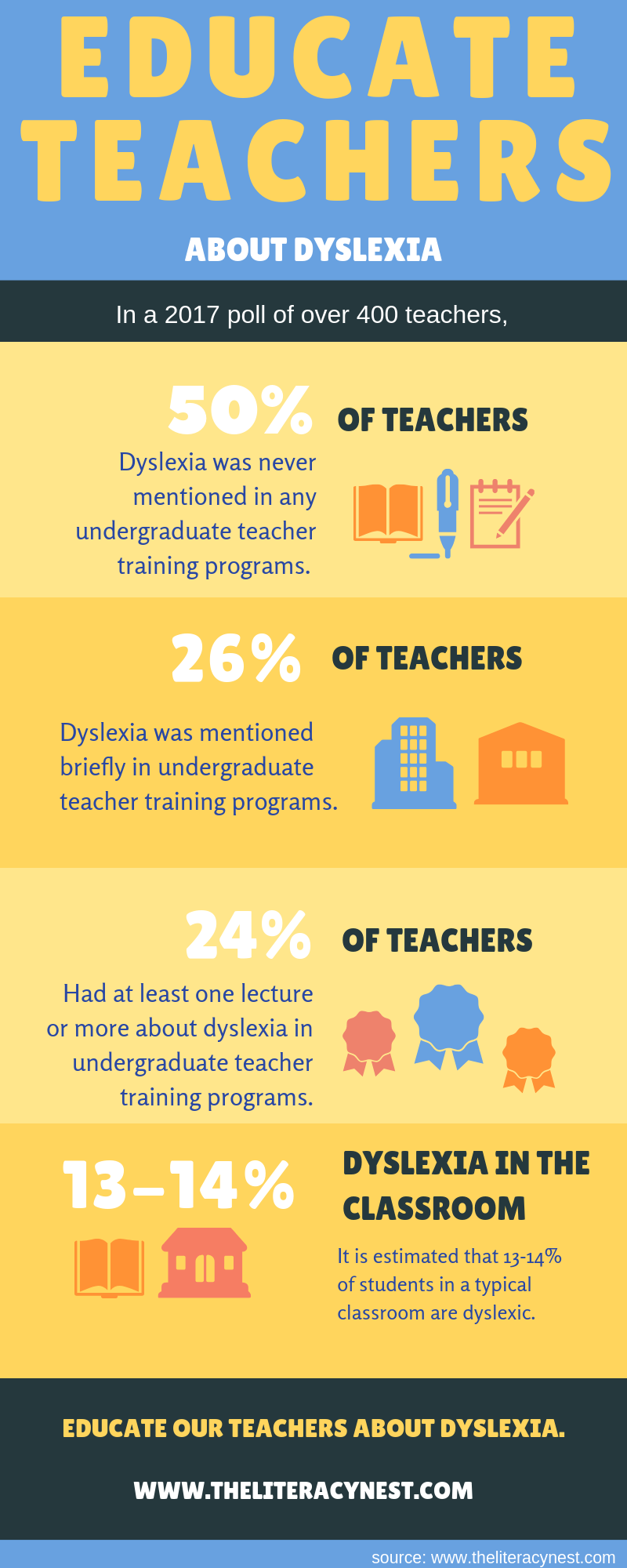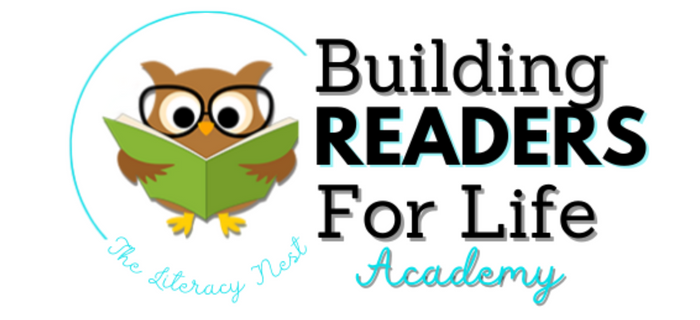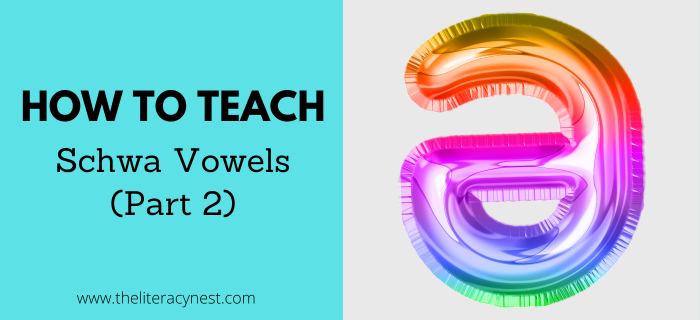Becoming A Structured Literacy Interventionist Using The Orton-Gillingham Approach

The road you take to become a structured literacy interventionist can take many twists and turns throughout your career. Who I am today is certainly not the young, impressionable twenty-two-year-old in her first year of teaching back in 2000. If I could talk to that young teacher now, I would definitely have some advice to offer about the benefits of using a structured literacy approach.
First, I’d cheer her on for all the hard work she was doing, give high fives for all the extra hours outside of teaching time, and hug her for putting her whole heart and soul into teaching.
Through it all, so many people, my education, and extended training have shaped me into who I am today.
One thing is certain: I have never stopped learning.
My path to using Orton-Gillingham and a structured literacy approach with my students actually began many years ago.
In my fourth year of teaching…
I switched jobs and was hired to teach third grade in a new school district. Fresh out of graduate school, I had A LOT of ideas about how to teach reading and the approach I wanted to take, which I learned in graduate school. That’s right. I started out with the approach many young and impressionable teachers used, balanced literacy. Little did I know those ideas would be totally turned on their heads. I would go in a completely opposite direction because balanced literacy was simply not cutting it for my students.
I struggled to reach my students.
Before 2003, I was struggling to reach my challenged readers like SO many other teachers I know. I wanted to reach them desperately, but I simply wasn’t equipped. My story isn’t uncommon. Look at the results from a poll I conducted with 420 teachers in 2017 from this infographic!

This means that only TWENTY-FOUR PERCENT of teachers received at least ONE lecture on dyslexia or more during their teacher training.
That leaves SEVENTY-SIX PERCENT of teachers provided with little to no knowledge of dyslexia in their undergraduate programs.
We absolutely can do better for our preservice teachers.
How? It has to start at the university level.
A flame was lit.
Back in 2003, new hires in the school district I worked for at the time, were sent to Project Read training. This was my very first experience with multisensory teaching, systematic phonics, spelling strategies, and syllabication. NONE of that was shown to me in college. When the training was over, I went back to my classroom with a “toolkit” of ideas and felt empowered. For the first time, I felt like I had actual strategies for helping the dyslexic children in my classroom. I STILL use a great deal of what I learned from Project Read training, even though I follow a much different progression of skills.
The book that changed it all for me…
In 2004, we began a book study in my building on a groundbreaking new book. It’s the best-selling book we all love, but can’t stand the title: Overcoming Dyslexia. We love the book, but wish the publishers decided on a different title, right?
Overcoming Dyslexia was like no other education book I had read before. Here we were, looking at actual brain imaging of dyslexic readers. The science was laid out for us and we were given a plan to help students. I knew what I wanted to do after finishing that book. I wanted to become trained in Orton-Gillingham.
The next steps…
A few years after the book group, I saved my money and paid for Orton-Gillingham training out of my own pocket, because my principal at the time didn’t see how I could use it in the regular classroom setting. I went for a full school year of training and completed my very first practicum of 100 hours. It was rigorous and intense, but the BEST professional development I ever went through. Talk about feeling empowered. It felt like for the first time, I understand how the reading brain works and how to teach reading. I wanted to shout it from the rooftops! But back then, OG was still very much an approach used by some in special education, and it hadn’t grown much momentum like it has in the past five years.
A few years after my training, I left the classroom to be home with my growing family, but I still worked privately with children using the Orton-Gillingham approach. I realized I needed even more training so I put myself into an advanced two-year training with another practicum. The learning has never stopped and it is truly a blessing to spread the power of Orton-Gillingham, my successes with using the approach, and to connect with so many around the world.
The Things Not Mentioned in Teacher Training
My friend, as I mentioned earlier, A LOT of teacher training programs will barely mention dyslexia, teach about the science of reading, provide the latest brain research and EVIDENCE-BASED literacy practices, let alone prepare you to help the children in your classrooms who have reading challenges. This is incredibly frustrating as an educator. I felt somewhat cheated, so I sought out my own extended training instead. It’s also frustrating for families who COUNT on highly qualified professionals working in the classrooms with their kids.
But it doesn’t have to be this way.
How Can You Continue Your Journey?
Sometimes you are in the driver’s seat when it comes to the professional development opportunities and sometimes, you aren’t. If you are just as passionate as I am about dyslexia, evidence-based literacy practices, and structured literacy approaches like Orton-Gillingham, there are several things you can pursue.
- CHECK OUT the International Dyslexia Association’s website for TONS of information for teachers and families.
- EXPLORE these Orton-Gillingham training options to deepen your understanding of best practices in literacy.
- JOIN Building Readers For Life Academy. This is an exciting monthly membership that provides flexible professional development.
Let’s continue the learning and build readers for life!
For monthly structured literacy professional development opportunities, sign up for Building Readers for Life Academy. Both educators and families are welcome!
Building Readers for Life Academy is a monthly membership program that empowers educators AND families by diving into structured literacy and strategies for ALL learners. With BRFL Academy, you’ll learn what it takes to help EVERY student become a reader for life. We offer monthly and yearly membership options!



